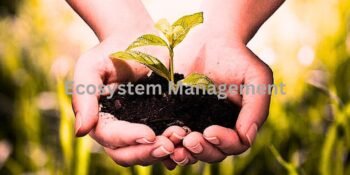Key Points:
- Using the Event Horizon Telescope, astronomers have obtained an unprecedented view of the magnetic fields surrounding Sagittarius A*.
- Highly-ordered magnetic structures surrounding Sagittarius A* are revealed, akin to those observed around the black hole in M87.
- Sagittarius A* exhibits significant differences from the black hole in M87 in terms of mass, galaxy type, and the presence of plasma jets.
- The discovery suggests that structured magnetic fields are common around black holes and play a crucial role in their development.
Astronomers have achieved a breakthrough in understanding the magnetic fields surrounding the colossal black hole, Sagittarius A*, located at the heart of the Milky Way galaxy. In a remarkable discovery reported in two papers published in the Astrophysical Journal Letters, scientists unveil the intricate magnetic structures enveloping Sagittarius A*. These findings resemble the magnetic fields observed around the supermassive black hole in the galaxy M87.
Utilizing the Event Horizon Telescope, an international collaboration of radio telescopes synchronized to work in unison, researchers captured polarized light emissions emanating from the vicinity of Sagittarius A*, situated approximately 27,000 light-years away from Earth. Polarized light, characterized by waves oscillating in a specific direction, offers valuable insights into the underlying magnetic phenomena.
The latest imagery reveals highly-ordered magnetic fields encircling Sagittarius A*, with the magnetic intensity closest to the black hole estimated to be about 30 times Earth’s magnetic field. However, despite its strength, this magnetic field is comparable to that of a common refrigerator magnet. This magnetic field is generated by charged particles within the dense plasma surrounding the black hole’s accretion disk, where gas and dust material spiral inward towards Sagittarius A*.
In contrast to the supermassive black hole in M87, Sagittarius A* presents unique characteristics. While M87’s black hole boasts a mass equivalent to 6 billion suns and is situated in a massive elliptical galaxy, emitting a powerful plasma jet visible across various wavelengths, Sagittarius A* weighs a modest 4 million suns and resides within a smaller spiral galaxy, exhibiting no observable jet emissions.
Sara Issaoun, an astronomer from the Harvard and Smithsonian Center for Astrophysics, underscores the anticipated disparities between the two black holes. Nonetheless, the discovery of similar highly structured magnetic fields around both entities suggests the widespread presence of such magnetic phenomena near black holes. Understanding these magnetic fields is crucial for elucidating the growth and evolution of these enigmatic cosmic entities.











